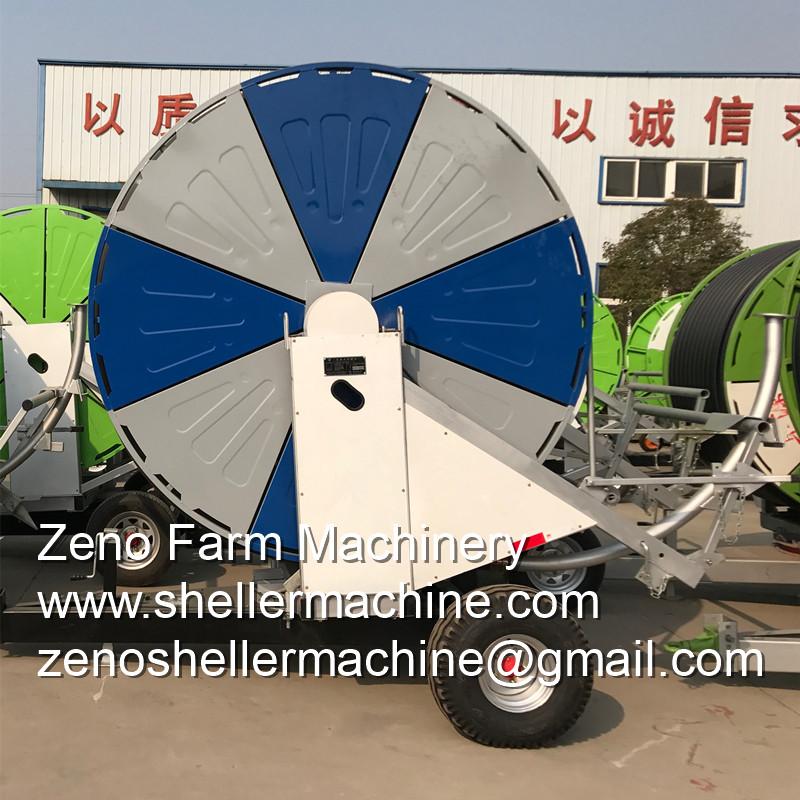Irrigation System Basics

The supply of water to lands or crops for supplying moisture essential for plant growth and development, germination and other related function.
Necessity of Irrigation: It is essential in areas where rainfall is unreliable.
Its main sources are: Wells, ponds, lakes and dams.
There are some main uses or purposes for irrigation:
These include: To cool the soil and its atmosphere, Providing favorable conditions for plant growth, Supplying essential moisture for growth, For the transportation of Nutrients from soil to plant, Protecting crop from frost and dehydration, Increasing the biological activities in the root zone.
Importance of Irrigation: Currently, about one-fourth of the cultivated land in the world is irrigated. Irrigation play key role for Agriculture development in any part of the world.
Some reasons for the use of irrigations are: Increase the agriculture production, which increase the GDP. For areas where rainfall is unreliable, to meet the crops requirement, for utilizing the river water efficiently.
Basic terms of Irrigation
Infiltration: Entrance of water into soil surface from atmosphere
Percolation: Movement of water through porous medium due to gravity, when water after infiltration seeps down called as percolation
Deep percolation: Downward movement of infiltrated water below the roots to groundwater
Components of Irrigation system
Watershed: An area which receives Precipitation and contribute to the formation of the rivers, The discharge of water or runoff being diverted to the river from the watershed River 1 Watershed Rainfall D Barra ge Main Canal Link CanalRiver 2 Branch Canal Major Distributary Or Rajbah Minor Distributary Watercourse Agricultural Field Outlet/M Field Channel Nakka depends upon vegetation, topography, degree and length of slope and Infiltration rate of the soil. The erosion effect from the watersheds can adversely affect the discharge carrying capacity of the Dams, Rivers and Canals.
River: River is a natural stream of water which is develop as a result of precipitation in the Watershed. As we know water generally collects in a river from precipitation through a catchment area from surface runoff and other sources such as groundwater recharge and diverts to the downstream water channel through dams and barrages.
Dams and Barrage: Dam is a control structure built across the river to raise the level or head of water and for the permanent storage of water, and for generation of electricity.
Barrage: are also used to raise the level of water like dams and to divert the canals, and has limited storage.
Main Canal: Main Canal receives its water from river through dam or barrage and diverts to the Branch Canal.
Branch Canal: Branch Canal takes its supply from Main Canal and diverts to the Major Distributors.
Methods: There are some irrigation machine which include: Surface irrigation which includes (Flooding, Boarder, Basin, and furrow).
- Industry
- Art
- Causes
- Crafts
- Dance
- Drinks
- Film
- Fitness
- Food
- Spellen
- Gardening
- Health
- Home
- Literature
- Music
- Networking
- Other
- Party
- Religion
- Shopping
- Sports
- Theater
- Wellness
- News


